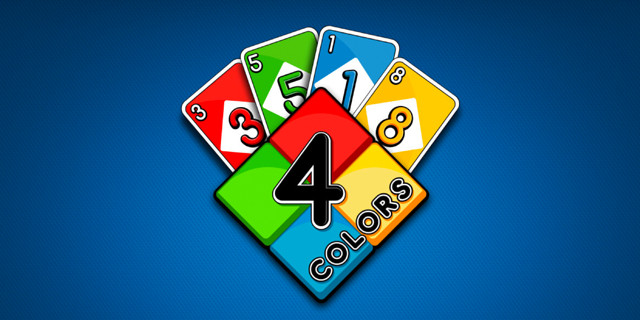
Before assembling the circuit, make sure you check the pinout for the board you’re using. Note: We’re using the ESP32 DEVKIT DOIT board with 36 pins.

Connect two LEDs to the ESP32 as shown in the following schematic diagram – one LED connected to GPIO 26, and the other to GPIO 27. You can use the preceding links or go directly to /tools to find all the parts for your projects at the best price!

Installing the ESP32 board in Arduino IDE This is just a simple example to illustrate how to build a web server that controls outputs, the idea is to replace those LEDs with a relay, or any other electronic components you want. By clicking the buttons on your web server you can instantly change the state of each LED.You can access the ESP32 web server by typing the ESP32 IP address on a browser in the local network.The web server you’ll build controls two LEDs connected to the ESP32 GPIO 26 and GPIO 27.This tutorial is available in video format (watch below) and in written format (continue reading this page).īefore going straight to the project, it is important to outline what our web server will do, so that it is easier to follow the steps later on.

If you want to learn more about the ESP32, read Getting Started Guide with ESP32. We’ll show you how to create the web server and how the code works step-by-step. In this project you’ll create a standalone web server with an ESP32 that controls outputs (two LEDs) using the Arduino IDE programming environment. The web server is mobile responsive and can be accessed with any device that as a browser on the local network.


 0 kommentar(er)
0 kommentar(er)
